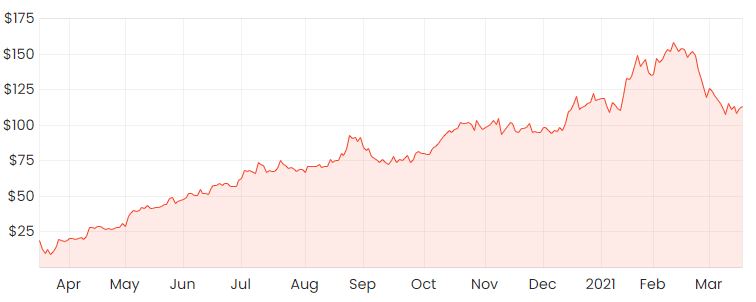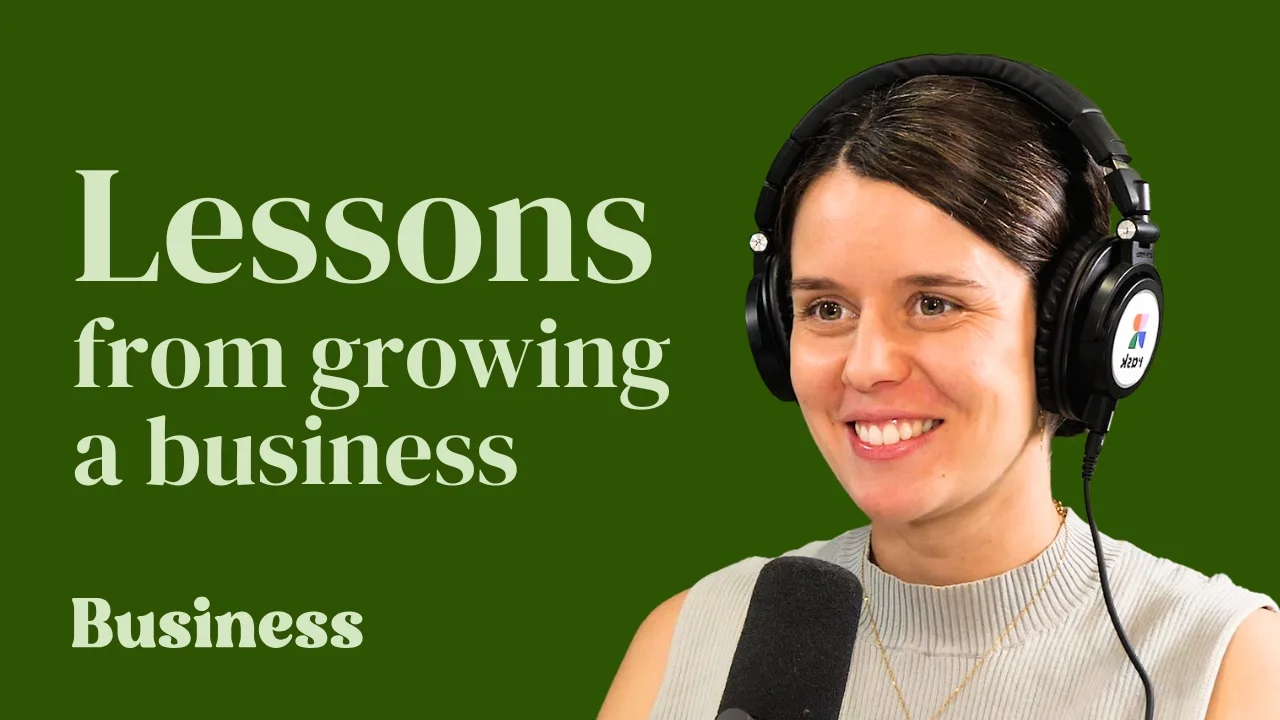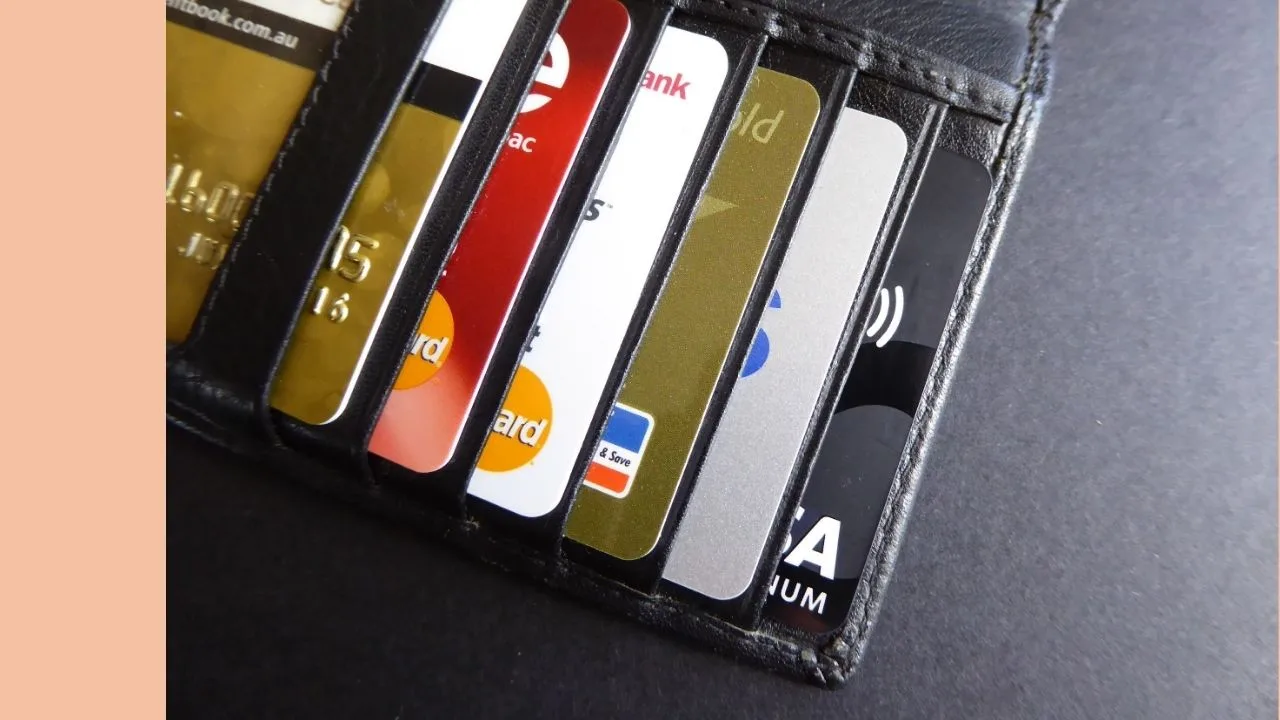Competition continues to build in the crowded buy now, pay later (BNPL) space as Commonwealth Bank of Australia (ASX: CBA) competes with the likes of Afterpay Ltd (ASX: APT) and Zip Co Ltd (ASX: Z1P) with its own BNPL product.
As outlined in Jaz’s article, CBA’s new product will be offered through a digital Mastercard, which will give the customer the option of paying in four, interest-free, fortnightly instalments.
CBA’s offering will be available anywhere Mastercard is accepted, which means it’ll be able to be used for a wider range of merchants including household bills and groceries.
CBA’s product offering seems similar to most BNPLs, but how do the fees compare?
Afterpay’s business model explained
Please note the following example applies to many BNPLs, not just Afterpay.
Despite many people thinking Afterpay has revolutionised the way businesses transact, the underlying model has actually been around for quite some time – it’s called factoring.
If I was a business owner and I had $100 in accounts receivable, i.e my customers owed me $100 for goods I’ve sold them, I could sell this balance for $96 to a factoring company, and receive the cash instantly, rather than waiting for my customers to repay me.
The factoring company then receives $100 from my original customers and therefore, has made a return of 4% (100-96/100).
When you buy something using Afterpay, the merchant will receive roughly 96% of the purchase price immediately, and you’ll pay 100% of the balance to Afterpay. As you can see, it’s the same model as the previous example, but it’s customer-facing rather than a business-to-business (B2B) transaction.
APT share price

Margin pressure
This previous example illustrates that even in optimal trading conditions where competition is low, some of these BNPL companies are running on a fairly slim net transaction margin (NTM).
More BNPLs are entering the market and we’re now seeing competitors like PayPal Holdings Inc (NASDAQ: PYPL) and the big 4 banks trying to capture a slice of this huge market.
With the BNPL offering so similar across the industry (4 interest-free instalments etc), it seems like offering merchants a better deal, i.e. accepting a lower margin for themselves is one of the most effective ways to remain competitive.
CBA’s fee structure
Under CBA’s BNPL offering, merchants will be no worse off than they were previously and they’ll simply pay CBA a portion of the merchant service fee, which will be around 1.4%. PayPal’s BNPL offering will also slightly undercut Afterpay and will charge around 2.6%.
It seems merchants are willing to cough up a higher fee for Afterpay at this stage, as they’re essentially paying for an extremely powerful marketing tool that generates a significant amount of new customer leads. Whether this is sustainable as competition grows is another question that’s yet to play out.
CBA’s service will charge a $10 late fee, which will be capped at $120. The service will be available by the middle of this year.
Interest rate risk?
BNPL strikes me as a business model that may work exceptionally well in a low-interest-rate environment. These businesses currently have the ability to borrow money at a cheap rate and will hopefully still make a profit even on a fairly slim NTM.
Central banks seem adamant that rates will continue to stay low for years, but financial markets aren’t so sure. I’m of the former opinion, but either way, it’s worth considering the potential implications of rising interest rates on BNPLs.
If borrowing costs were to rise and BNPLs were to charge the same 4% fee as they previously did, it seems logical to assume that this would further compress their margins. They could raise their merchant fee, but this would make them less competitive amongst other BNPL providers.
There are a lot of “what ifs” involved here, but nonetheless, I think it’s worth considering some of these potential implications.
The below video demonstrates the effects that rising interest rates have on asset valuations.
Summary
The market had a mixed reaction to this news, with Afterpay’s shares trading slightly higher, and Zip’s shares down by nearly 2%. Perhaps a lot of the competition risk has already been priced in with past announcements from other competitors like PayPal.
There are two sides to the coin for the BNPL industry. On one hand, it’s an explosive industry with an incredibly large addressable market that’s likely to continue growing for years to come.
On the other hand, the competition is continually increasing and nothing really makes them stand out from one another in my view. Rising interest rates may turn out to not be an issue, but it’s something I’m still considering.
Yet, despite the potential headwinds, I think many BNPL valuations imply a much different blue-sky scenario where challenging conditions are almost non-existent.
If you’d like to know why I think this is the case, click here to read: 1 easy way I value Zip (ASX: Z1P) shares: Are they dirt cheap?
Keep up to date on share ideas by clicking here to create a free Rask account to gain access to our analyst reports.







